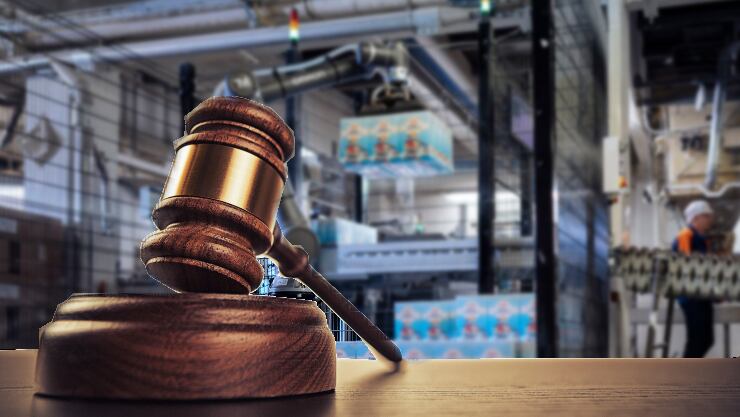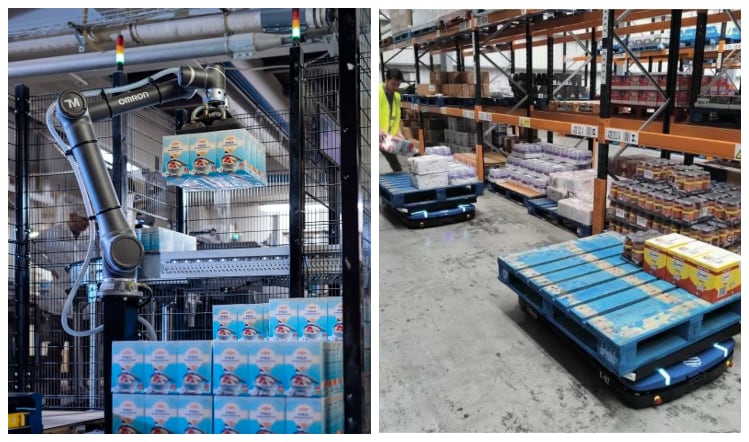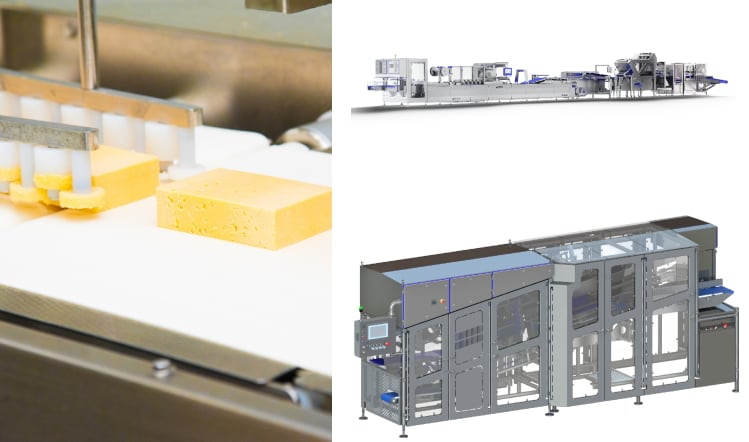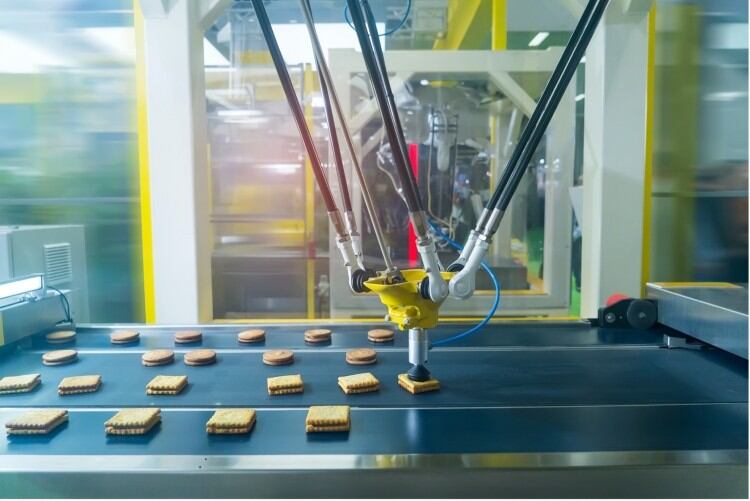Automation has seen many developments over the last few years, as businesses constantly seek methods to streamline their functions, allowing for more efficient and cost-effective operations. Part of this development and increase in usage with automation is the rise of robotics.
When it comes to owning robots, businesses must carefully consider the legal ramifications of operating such advanced technology and having it on the premises. This is particularly important when you consider how robotics may develop in the future, and how breakthroughs in machine learning and other technologies have the potential to impact robotics going forward.
While the use of robotics has plenty of potential benefits to businesses, there are many risks that run in parallel. There is a sizeable number of complex legalities accompanying robots, and care should be taken prior to the installation and use of robotics within the factory.
One of the initial considerations is around maintenance of the machinery itself. The suppliers of the robot(s) may be required to provide an appropriate level of maintenance and support to ensure that everything functions as it should.
Users will need to consider the extent to which the supplier (or even the customer) will be required to train the robot, as well as agree on who will be responsible for updating software and managing any problems that may arise.
All of this will need to be carefully considered and factored into contract drafting from the outset, so that if errors do occur, both parties are prepared to deal with it and know whose responsibility it is to do so. It is important to have this agreement in writing before anything goes wrong, not as an afterthought.
Robotics and automation feature
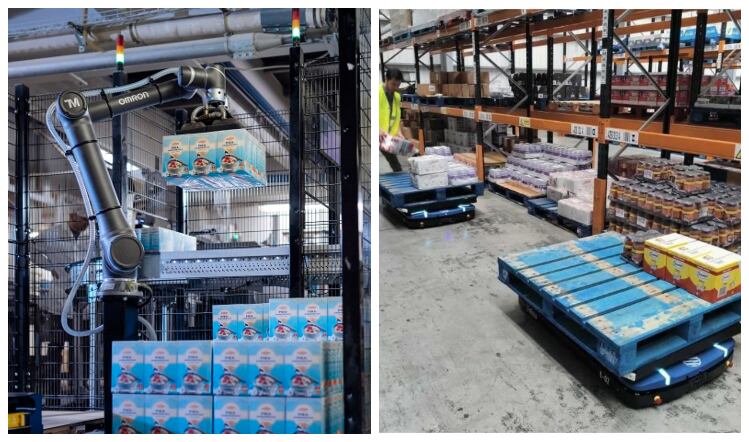
Robots have become more and more prevalent in the food factory, but there are still businesses reluctant to fully embrace automation into their production. In our latest feature, we explore the driving force behind robotics adoption and the key issues that could help sway processors to use them.
Legal rights to data
Secondly, all parties will need to agree on who has legal rights to the data that the robots produce and who has ownership of the intellectual property in that information, to avoid any disputes that may occur.
Parties will need to agree on who will legally own the robot and the associated software – the supplier, or the customer. If the supplier is to retain ownership, then licences will be needed. Furthermore, if those robots use AI technology to function, then parties will also need to consider who will benefit from the robot’s learning whilst being used on site.
From a legal perspective, robotics users require trustworthy data analysis outcomes to increase efficiency and ultimately profitability. While issues surrounding the IP generated by robotics are widely discussed, the legal system remains slow in actually putting new regulation in place in relation to this tech.
Additionally, as robots become more prevalent in various industries, they are likely to handle sensitive information such as proprietary information and personal data of the user and their employees. This information may include trade secrets, customer data, financial information, and other confidential material.
It is therefore essential to implement adequate measures to protect this information from unauthorised access, use, or disclosure. Such measures may include encryption, access controls, firewalls, and other security protocols.
There is also the question of whether the supplier or the user will carry the risk of errors and defective work. That question will require insurance to cover any damage to persons or property in case, and parties will have to decide who procures that insurance. Cyber risks will also need to be mitigated with insurance, software or indemnities in supplier contracts. Traditionally, when errors occur with machinery, it could either be traced back to a defect in the machine or the machine being incorrectly operated; but for robotic defaults, it could be from the machine, the software, or intervention by a human operator.
Review the risks before bringing in the ‘bots’
As the use and demand of robotics increase, so does the number of laws and legislation that accompany the technology. There are currently several laws put in place to protect businesses, factories, and employees from the risks that robots present, however with the wider adoption of robotics within business, there needs to be more done to further protect business and staff using the equipment.
There are three key areas that need further legal development to ensure full legal safety for factories to protect their staff and premises.
- Health and Safety
Currently, health and safety legislation does not include any specific rules related to the use of robots in the factory. However, employers are legally obliged to take reasonable measures to make sure their employees are kept safe. Risk assessment processes should be updated to ensure they account for the full range of potential hazards posed by robotics and the use of them.
- Data protection
Robots may store personal data on employees, as with all other personal data employers store the same rules and regulations will need to be applied to the robots when it comes to GDPR. Users of the robots must have control over the data and decide who can access it. Additionally, they should also inform the employees on the type of data that will be collected and the purpose of how it will be used, and at the same time offer them the right to withdraw their consent.
- Employment laws
Robots are capable of creating offensive environments, as seen in the Microsoft Chatbot case where ‘Tay’ had been corrupted to produce racist answers. Despite this, existing laws do not cover the automated acts of robots, and currently they are not deemed a legal ‘person’. As robots cannot create primary liability, vicarious liability cannot be established but if the law regarding the classification of robots is changed then employers will need to consider this.
Do workers have any legal rights when it comes to robots?
Currently, it is relatively easy for an employer to lawfully dismiss an employee by reason of redundancy if the human can be replaced by a robot. However, the real test is whether the employer has a reduced need for employees to carry out the work.
Robots are not classified as employees, as they have no legal personality. In the future, we may see a change in the law which means that robots are given some form of legal personality. This could help to protect humans being replaced with robots, however this is currently not the case. Generally, rather than robots replacing human jobs we are seeing a shift to workers undertaking more skilled roles alongside robots.
Upcoming legislation for AI
In July 2022, the Government put forward its proposals on the future regulation of AI. The paper sets out the overall pro-innovation direction of travel regulating AI. From then, the UK government will be considering how best to implement and refine their approach to drive innovation, boost consumer and investor confidence and support the development and adoption of new AI systems.
When businesses are debating whether to bring robotics into the manufacturing process, it is vital that the right amount of support and legal advice is sought at the very beginning of the process. ‘Jumping the gun’ on robotics could have significantly negative consequences for businesses if any hiccups or faulty errors take place, and they do not have the necessary level of legal assurance to protect themselves or their staff.


